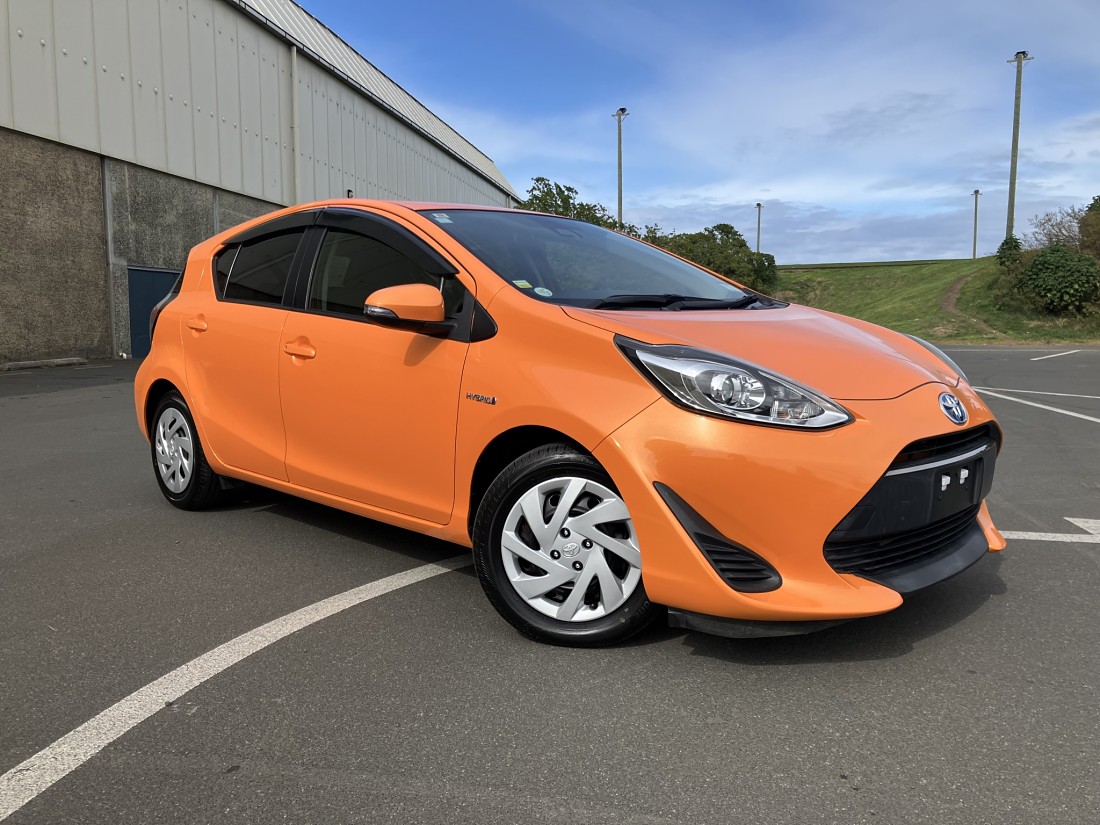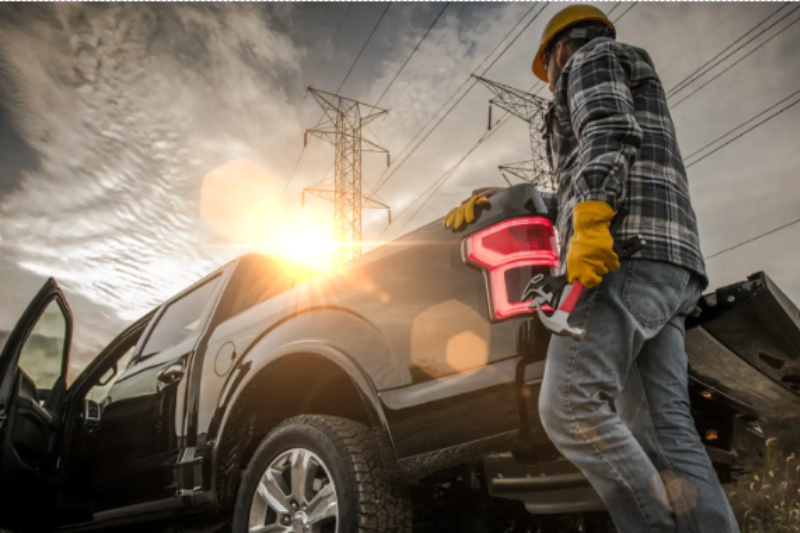
Have you ever considered what makes a car safe beyond its sleek design and powerful engine? It’s not just the advanced tech or the comfortable seats that matter; it’s something more crucial: the car safety ratings.
Think of these ratings as a vital health check for your car, assessing its ability to protect you and your passengers. Before we take a metaphorical test drive into the nitty-gritty of what car safety ratings are, let’s understand why they’re the unsung heroes in the automotive world.
What is a Car Safety Rating?
A car safety rating is essentially the report card of a vehicle’s ability to protect its occupants, and it’s a report card you should pay attention to before buying a car in NZ. These ratings result from rigorous testing and analysis, providing a clear picture of how a vehicle performs in various crash scenarios.
Think of it like a rating for a movie or a restaurant; just as you’d check reviews before choosing where to dine or what to watch, a car’s safety rating informs you about its performance in critical situations. It tells you how well the car can protect its occupants in the event of a collision and its effectiveness in preventing accidents in the first place. It’s a blend of crash test results, safety feature evaluations, and sometimes even post-crash data, all combined to give a comprehensive safety score.
How are Car Safety Ratings Calculated?
Delving into how car safety ratings are calculated is like peeking behind the curtain of a well-choreographed performance. It’s a blend of science, technology, and meticulous testing. The process generally involves several key steps:
- Crash Tests: This is where dummies (the unsung heroes in car safety) take the driver’s seat. Cars are crashed into barriers at different speeds and angles, simulating real-world accidents. Sensors in the dummies measure the impact on various body parts, giving insights into potential injuries.
- Safety Features Assessment: It’s not just about surviving crashes; it’s also about preventing them. Features like airbags, anti-lock braking systems (ABS), and electronic stability control (ESC) are evaluated here. More advanced tech, like autonomous emergency braking (AEB) and lane-keeping assist, also play a big role.
- Data Analysis: After the crash tests, experts analyse the data. They assess everything from the extent of damage to the vehicle to the detailed readings from the crash dummies.
In New Zealand, the organisation responsible for these ratings takes all this data and distils it into a user-friendly rating system. These ratings inform consumers, guiding them towards safer vehicle choices.

Importance of Car Safety Ratings
Understanding the importance of car safety ratings is crucial, especially when you’re in the market for a new ride. These ratings are more than just numbers and stars; they reflect how well a vehicle can protect you in unforeseen circumstances.
Firstly, safety ratings are key to making an informed purchase decision. When choosing a new car, you’d consider things like fuel efficiency or boot space; similarly, the safety rating gives you a clear idea of how the car performs under pressure – quite literally! It’s about knowing that the car has your back (and front and sides) in case of an accident.
Cars with higher safety ratings generally have better safety features, reducing the risk of accidents. A higher rating not only means a safer driving experience but could also translate to savings on insurance premiums. A good safety rating is not just about crash survival; it’s about accident prevention and peace of mind.
The Main Car Safety Rating System in New Zealand
In New Zealand, the Australasian New Car Assessment Program (ANCAP) is the leading authority in car safety ratings. This independent entity is the watchdog for car safety, giving buyers a reliable guide to the safety performance of new vehicles. Used Car Safety Ratings (UCSR) assess used vehicles already in the market, and Vehicle Safety Risk Ratings (VSRR) assess most vehicles that don’t have an ANCAP or UCSR rating.
ANCAP uses a star rating system, where more stars mean better safety. They test vehicles in a variety of crash scenarios and also evaluate the presence and effectiveness of safety technologies. A car with a 5-star ANCAP rating is like the valedictorian of its class in terms of safety – it’s the best you can get.
What makes ANCAP ratings so trustworthy? Their rigorous testing protocols and commitment to updating criteria to match new technologies and safety standards. So, when a car boasts a high ANCAP rating, it’s not just a badge of honour; it’s a testament to its ability to protect you and your family.
It’s in the Stars, Not Under the Hood
And that’s our crash course in car safety ratings! Remember, when you’re trying to find a car, take a moment to check its safety scorecard. When it comes to choosing cars, the best feature isn’t under the hood; it’s in the stars, the safety stars, that is!
If you are searching for a new set of safe wheels, check out the extensive Portage Cars range online or swing by one of our dealerships for a closer look.


